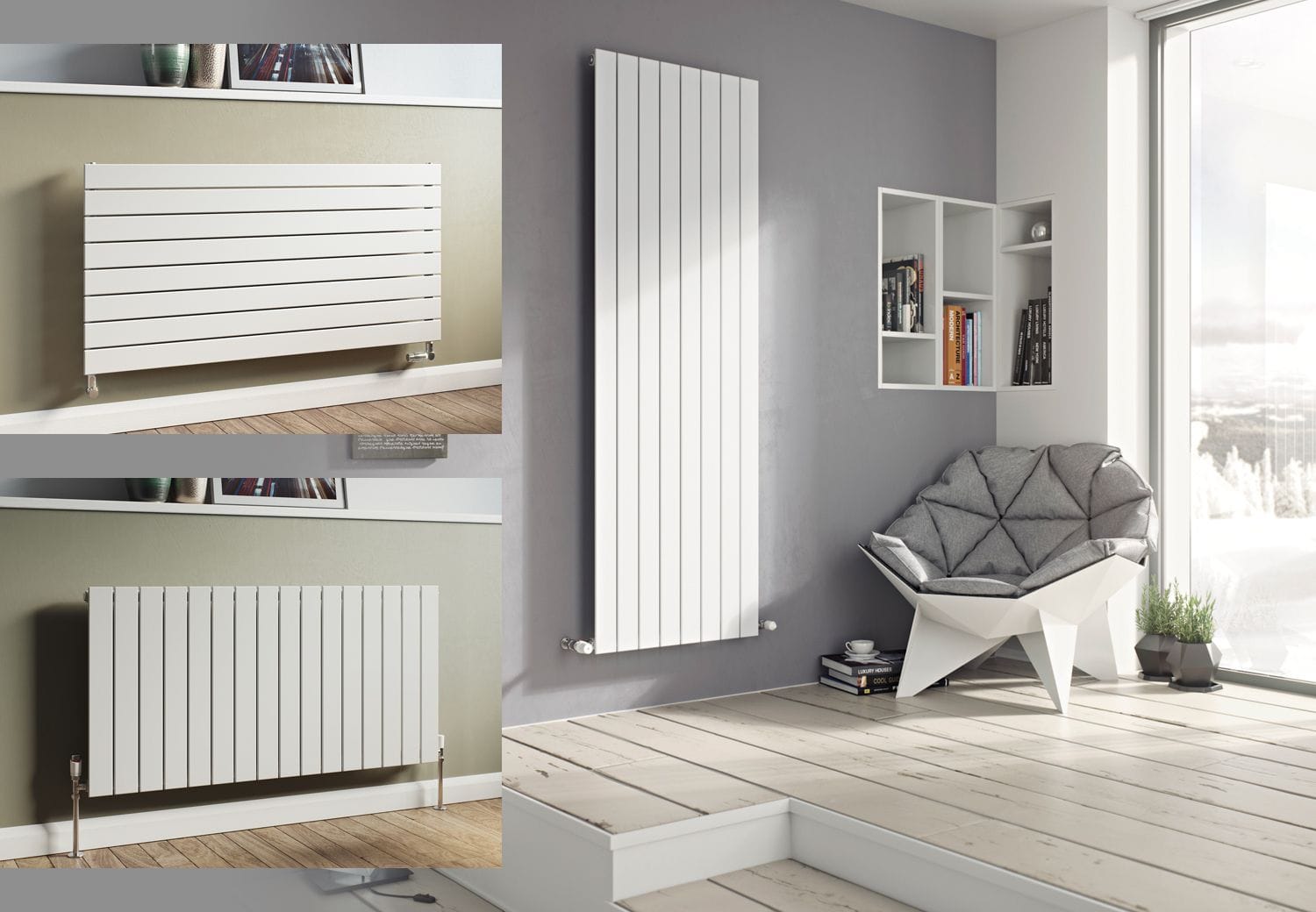Heating systems are crucial for retaining comfort in houses and places of work, especially in the course of cooler months. a few of the key components of heating structures, Radiators in UK length, and BTU (British Thermal Unit) rankings play pivotal roles in ensuring efficient heating. Understanding how these factors interact can significantly affect each of the effectiveness and cost-performance of heating answers. This article explores the importance of radiator size and BTU scores, their relationship to heating efficiency, and practical concerns for deciding on the proper device for your needs.
Understanding Radiator Size: How Size Affects Heat Distribution
Radiator size refers to the physical dimensions of the radiator unit, typically measured in terms of peak, width, and intensity. The dimensions directly affect the surface region to be had for heat emission, which in flip affects the quantity of warmth the radiator can offer to a room. Larger designer radiators have greater surface vicinity and can emit greater warmness in comparison to smaller ones, making them suitable for larger areas or regions that require better warmness output.
Factors Influencing Radiator Size Selection
- Room length and Insulation levels:
The size of the room being heated is a primary consideration when selecting radiator size. Larger rooms typically require larger radiators or multiple gadgets to ensure good enough warmth distribution. Moreover, the insulation stage of the room affects heat retention, influencing the radiator length to preserve desired temperatures correctly.
- Heat Loss Calculation:
Carrying out a heat loss calculation allows decide the quantity of heat required to hold a room at a relaxed temperature. Factors consisting of room dimensions, insulation, window length, and geographical vicinity are taken into account to as it should be assessing the radiator length wanted for the highest quality heating overall performance.
- Radiator Placement:
The place and site of radiators within a room additionally affect their effectiveness. Putting radiators under windows or in regions of high warmness loss can enhance performance by countering cold drafts and minimizing warmness loss through external partitions.
Selecting the right BTU score: Matching heat Output to requirements
BTU ratings imply the heat output of radiators and heating systems, measured in British Thermal devices consistent with hour. Choosing the perfect BTU score guarantees that the radiator can correctly warm the desired space without immoderate electricity intake or inefficiency.
Factors Influencing BTU score selection
- Room size and heat requirements:
The size of the room at once impacts the BTU rating needed. Larger rooms or areas with better warmness loss require radiators with higher BTU rankings to gain and hold comfy temperatures.
- Insulation and power efficiency:
Properly insulated rooms preserve heat more correctly, requiring decreased BTU scores as compared to poorly insulated spaces. Thinking about the energy efficiency of the construction and the insulation stages allows for optimized heating performance while minimizing energy consumption.
- Weather and Geographic Region:
Weather situations and geographic location impact heating requirements. Chillier climates necessitate better BTU rankings to compensate for decreased outside temperatures and prolonged warmth loss, whilst milder climates can also additionally require decreased BTU ratings for efficient heating.
Impact of Thermostatic Radiator Valves (TRVs)
Thermostatic Radiator Valves (TRVs)
TRVs play a critical role in regulating warmness output from radiators based totally on room temperature, thereby improving power performance:
Capability:
TRVs manipulate the float of warm water into the radiator primarily based on the temperature of the surrounding air. They allow users to set particular temperatures for individual rooms or zones, preventing overheating and decreasing energy wastage.
Power Savings:
By means of permitting particular temperature management in each room, TRVs assist optimize heating performance. Rooms that attain favored temperatures quicker can lessen the overall call for the heating gadget, leading to decreased power payments and enhanced comfort.
Major concerns for efficient Heating systems
Combining Radiator length and BTU scores:
Accomplishing surest heating efficiency involves deciding on radiators with appropriate sizes and BTU scores. Larger rooms can also require a couple of radiators or larger devices to satisfy heating needs effectively.
Zoning and Thermostat Manipulation:
Enforcing zoning structures with a personal thermostat manipulation for every sector complements strength efficiency by tailoring heating output to particular areas based on occupancy and temperature necessities.
Power-Efficient Radiator Designs:
Investing in modern, strength-efficient radiator designs such as low-water-content radiators or smart radiators with programmable capabilities can further optimize heating performance and reduce power intake.
Ordinary upkeep and maintenance:
Making sure radiators are regularly maintained, consisting of bleeding air from the system, checking for leaks, and optimizing boiler efficiency, enables preserve heating gadget’s overall performance and prolongs the gadget’s lifespan.
Improvements in Heating Technology
Current improvements in the heating era preserve to improve efficiency and overall performance in radiator structures:
Smart Heating Controls:
Integration of smart thermostats and heating controls allows far-flung monitoring and adjustment of heating settings via mobile devices. These structures provide capabilities like scheduling, adaptive studying, and energy utilization tracking, further enhancing electricity performance and personal convenience.
Low-temperature Heating systems:
Low-temperature heating structures, which include underfloor heating or radiant panels, work efficiently with lower water temperatures. Radiators designed for low-temperature systems maximize warmth switch at the same time as minimizing strength intake and contributing to sustainable building practices.
Environmental Concerns and Sustainability
In modern-day environmentally conscious panorama, selecting electricity-efficient heating solutions is paramount:
Electricity Rankings and Certifications:
Look for radiators and heating structures that meet power performance requirements and certifications, inclusive of energy-famous persons. These merchandise are designed to reduce energy consumption and reduce carbon footprints while retaining excessive overall performance requirements.
Renewable Strength Integration:
Incorporating renewable energy resources, such as solar thermal panels or warmth pumps, with radiator structures can further reduce reliance on fossil fuels and lower average heating prices over the years.
Conclusion
Radiator size and BTU ratings are necessary components of efficient heating systems, influencing heat distribution, energy intake, and universal consolation degrees. By way of information on the relationship between radiator size, BTU scores, and precise heating requirements, house owners and building managers could make knowledgeable choices to optimize heating efficiency while minimizing strength costs. Whether retrofitting present systems or installing new heating solutions, selecting the proper radiator size and BTU rating guarantees effective warmness distribution and superior comfort during the year. Prioritizing strength-efficient designs and leveraging cutting-edge heating technology similarly enhances the machine’s overall performance, making heating structures no longer the best powerful but additionally sustainable in the long term.































